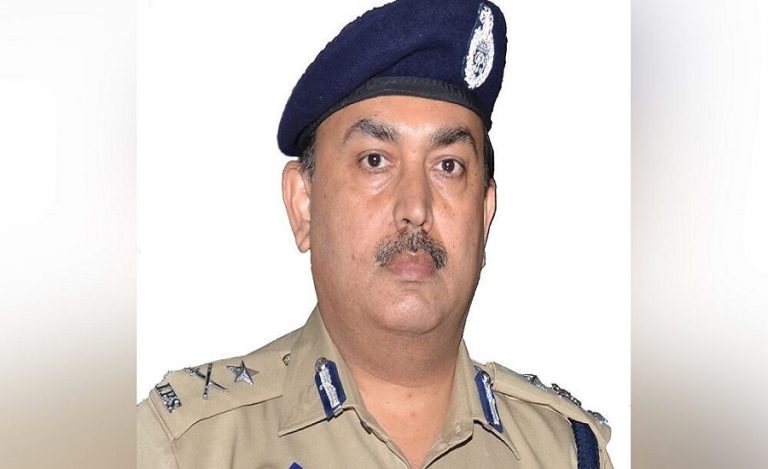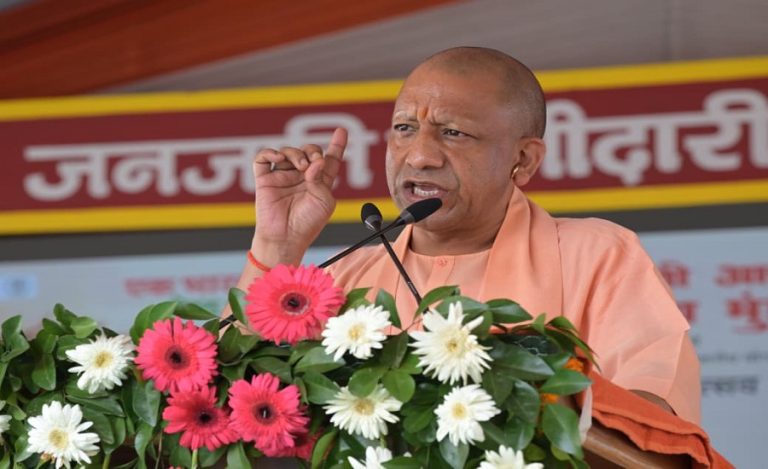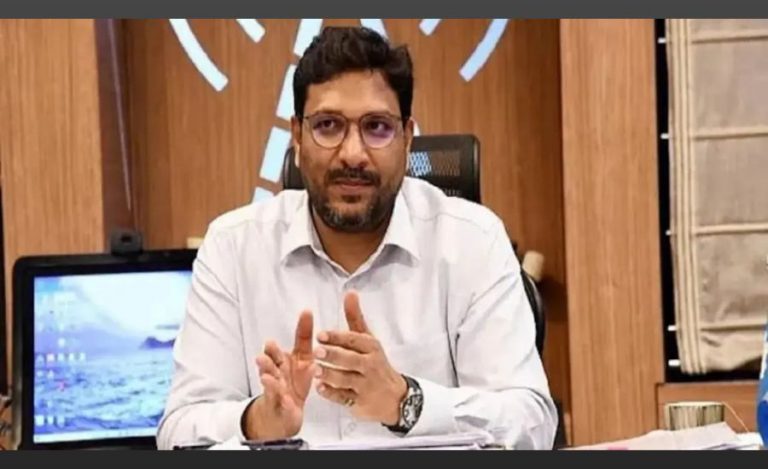In the heart of Jharkhand, where the verdant landscapes of Koderma merge with a unique ecosystem, a quiet revolution is taking place. Leading this transformative change is 2015-batch IFS officer Suraj Kumar Singh, who has dedicated his tenure to the crucial task of vulture conservation. His transition from the DFO of Koderma to his current role as the Divisional Forest Officer of the Wildlife Division in Hazaribagh showcases a profound dedication to safeguarding one of nature’s most crucial yet endangered species.
In an exclusive conversation with Indian Masterminds, the officer shared details about the steps that he has been taking to conserve and protect the vultures of the state.
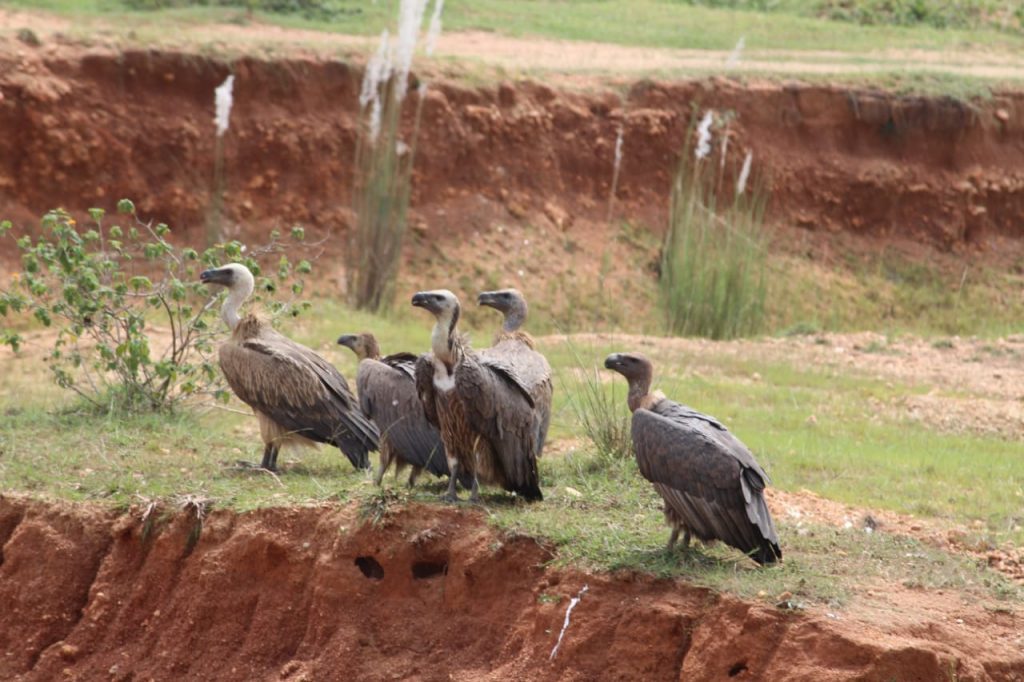
THE VULTURE CRISIS
Vultures, the unsung heroes of nature’s cleanup crew, play an indispensable role in maintaining ecological balance. With 22 species globally, these birds are primarily found in tropical and subtropical regions. India is home to nine vulture species, including the Oriental White-backed, Long-billed, and Slender-billed vultures.
However, these majestic creatures face severe threats due to veterinary drug contamination, habitat loss, and other environmental challenges. The decline in their population has been alarming, with some species, like the Oriental White-backed, being critically endangered.
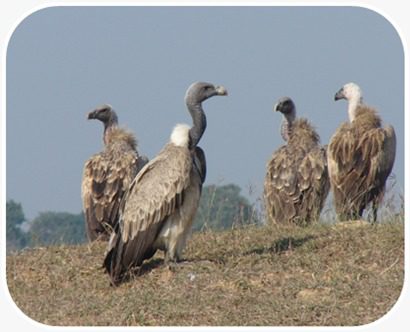
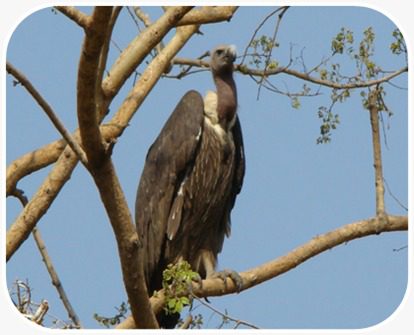
THE INCEPTION OF A VULTURE CONSERVATION PLAN
When Mr. Singh took charge of Koderma, he recognized the urgent need for a comprehensive conservation strategy. His first step was to conduct a meticulous census of the vulture population. Over three to four years, Singh and his team documented 140 vultures, tracking their numbers, and monitoring their eggs, nestlings, and hatchlings.
“The detailed monitoring provided us with a solid foundation for their conservation efforts, ensuring that each vulture received the protection it needed,” he shared with Indian Masterminds.
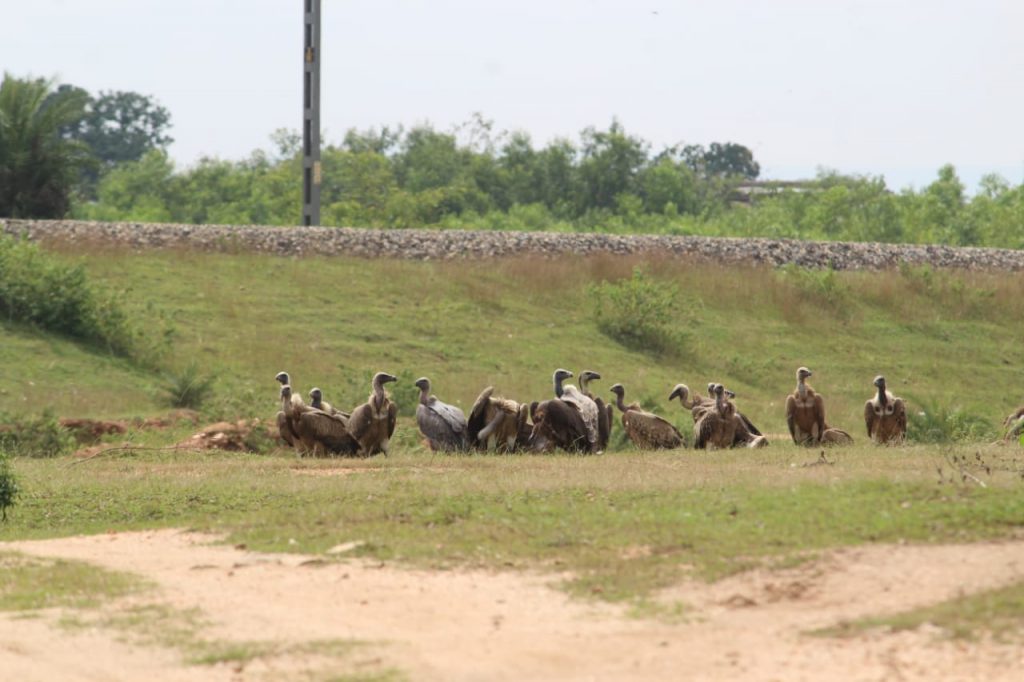
CREATING A SAFE HAVEN
One of Mr. Singh’s groundbreaking initiatives was the establishment of a “vulture restaurant.” Identifying and securing feeding sites where locals discarded dead cattle was crucial.
“We transformed these sites into vulture feeding stations, free from disturbances by stray dogs and other potential threats. By designating one of these sites as a vulture restaurant, we tried to ensure a consistent and safe food supply for the vultures,” he stated.
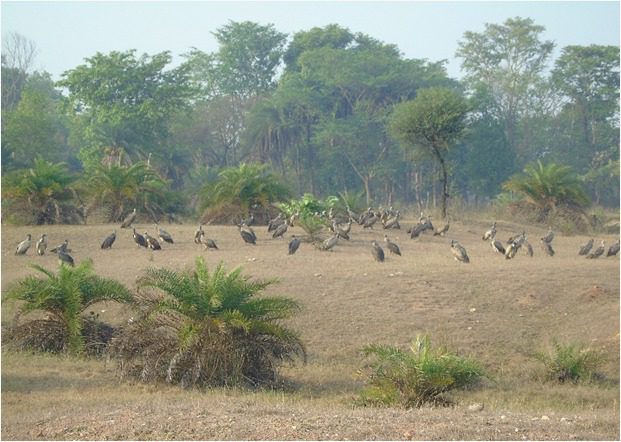
However, the feeding sites presented another challenge: the risk of toxic substances. Many dead cattle were treated with Diclofenac, a drug lethal to vultures.
To address this, we set up a dedicated testing laboratory. This facility allowed for the testing of dead cattle before they were placed at the feeding sites, ensuring that only safe and non-toxic food was provided to the vultures,” Mr. Singh told Indian Masterminds.
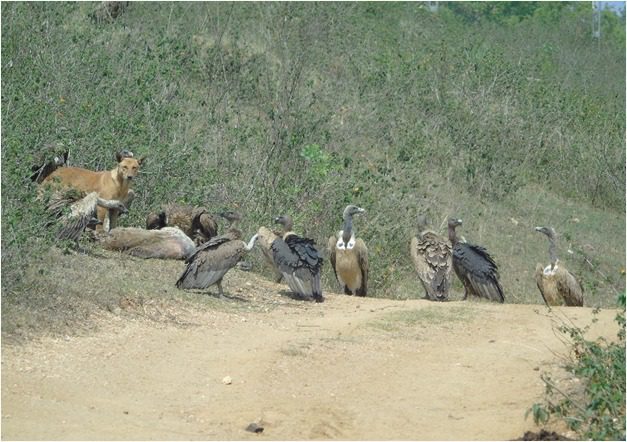
COLLABORATIVE EFFORTS FOR SUCCESS
The success of this conservation project was not a solo endeavor. Mr. Singh collaborated closely with renowned vulture conservationists Mr. Bibhu Prakash and Mr. Satyaprakash. Their combined expertise and dedication played a pivotal role in implementing the conservation plan effectively.
The establishment of the testing lab, in particular, was a significant milestone in ensuring the safety of the vultures’ food sources.
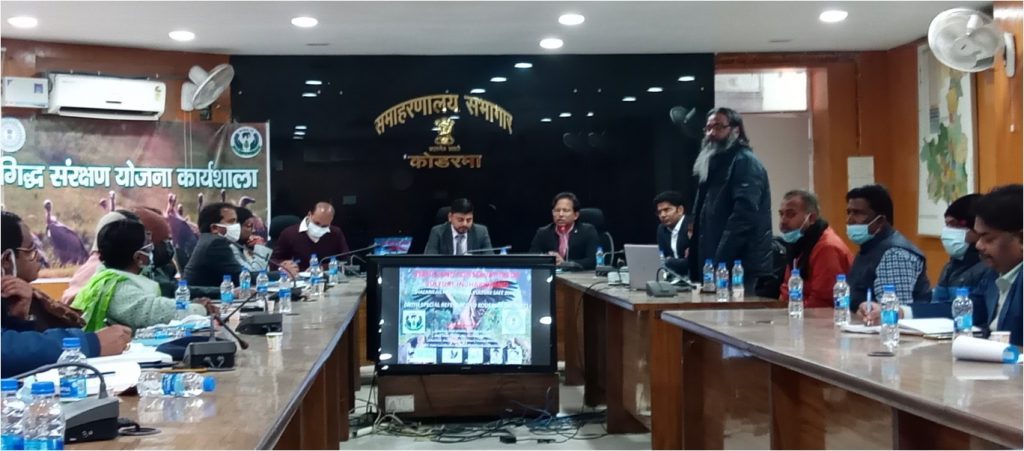
PLANNING FOR THE FUTURE: A CONSERVATION CUM BREEDING CENTER
Looking ahead, Mr. Singh is setting his sights on further advancing vulture conservation. His next major initiative is the establishment of a conservation and breeding center in Hazaribagh.
This center will be situated in one of India’s six provisional vulture safe zones, providing critical habitat for vultures and supporting their breeding efforts. The center aims to bolster the vulture population and create a sustainable environment for their growth.
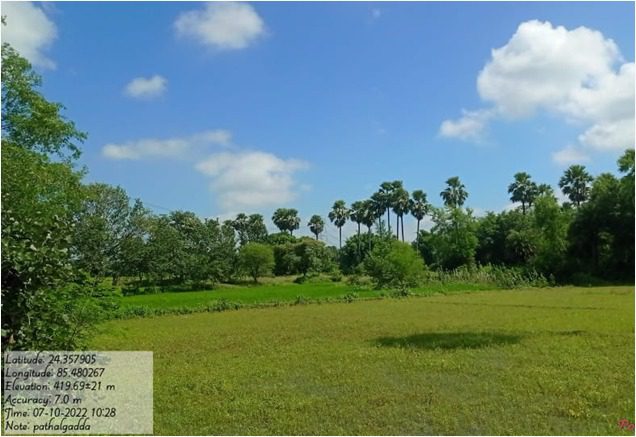
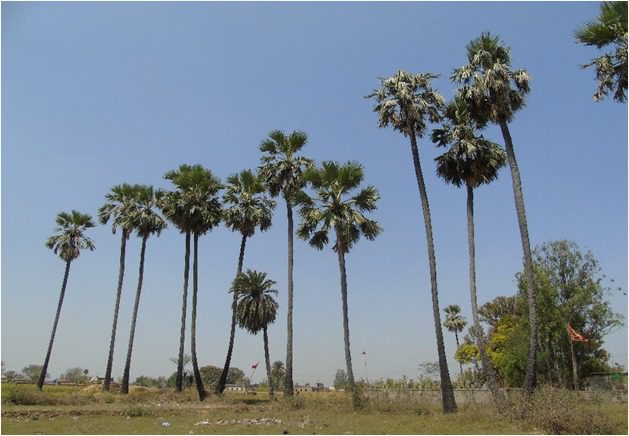
COMMUNITY SUPPORT AND VISIBLE IMPACT
One of the most heartening aspects of Mr. Singh’s work has been the support from local residents and communities. Recognizing the significance of vultures in their ecosystem, these communities have actively participated in conservation efforts.
“Vultures reproduce slowly, with each pair producing only one offspring per year. Given their historical population of around 10,000, the road to recovery is long, but the positive impact is already visible,” shared the officer.
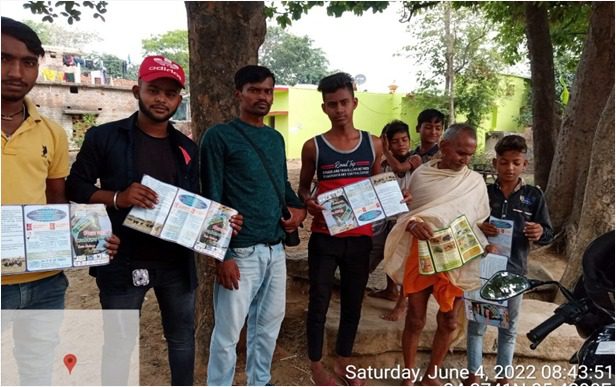

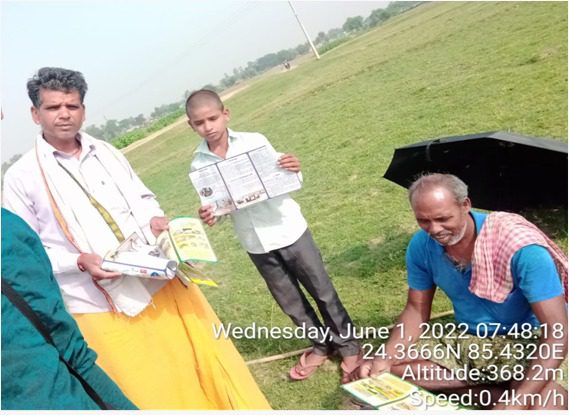
THE ROAD AHEAD
While the vulture population in Koderma is showing signs of recovery, the journey is far from complete. Vultures face numerous threats beyond toxic drugs, including habitat loss and electrocution from power lines.
Mr. Singh’s ongoing efforts aim to address these challenges and ensure a stable future for these vital birds. By combining meticulous planning, innovative solutions, and community engagement, he has made significant strides in vulture conservation. His efforts not only safeguard the future of these remarkable birds but also inspire others to join the crucial battle against environmental degradation.






